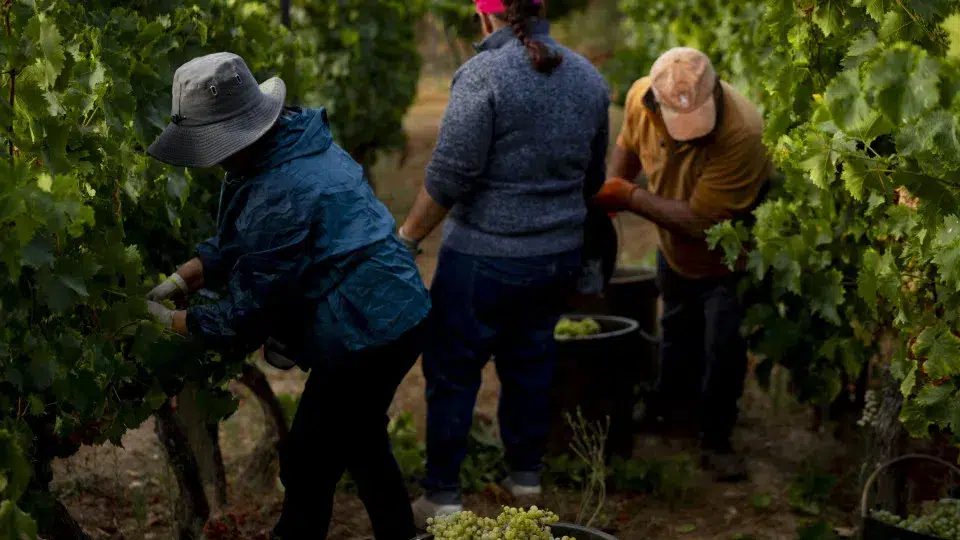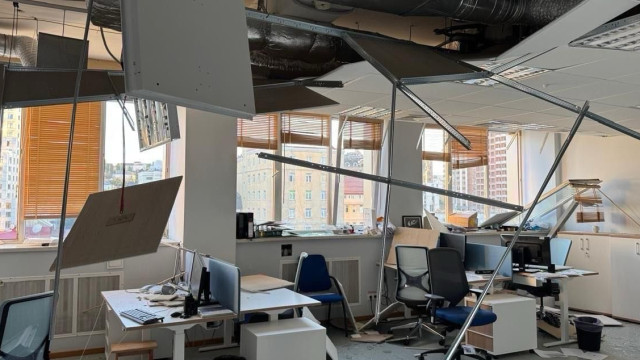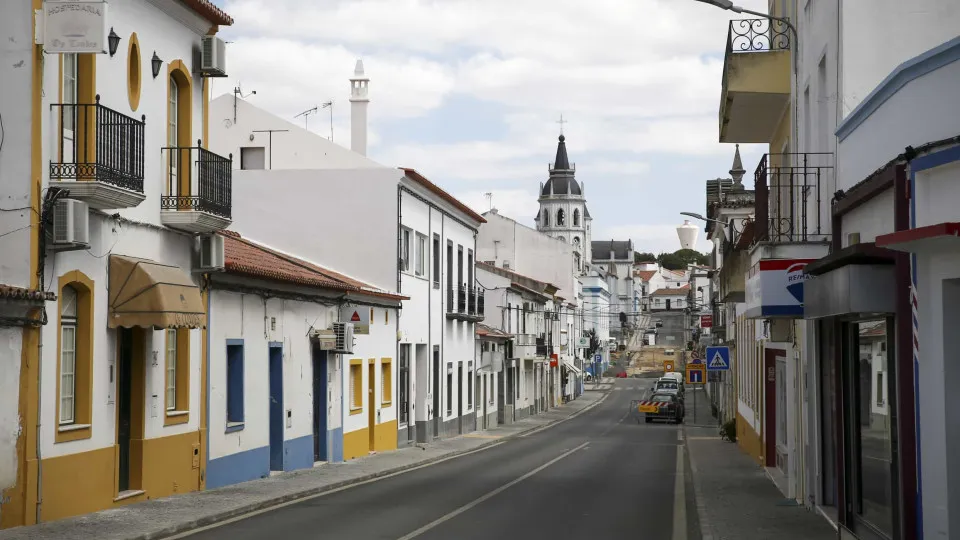
The Douro Demarcated Region (RDD) is diverse, and in the plateau of Favaios, Alijó, within the district of Vila Real, harvest perspectives vary notably from vineyard to vineyard. The Institute of Vine and Wine (IVV) projects a production decrease of around 20% in the Douro and a 11% decline nationwide.
“The harvest is going well; there’s no shortage of personnel, and the weather has been favorable. My production will be similar to last year for the muscatel, but I’m unsure about the white, and for the red, it’s going to be less,” stated Mário Monteiro.
The viticulturist, also president of the Favaios Cooperative Winery, has a production of around 138 barrels of muscatel.
“The quality seems to be good again; our grapes were grown almost without disease,” he noted.
In Mário Monteiro’s vineyards, local workers join a team from an agricultural contractor from Resende.
Helena Sequeira’s voice resonates across the terraces near Favaios, where she was born and lives. Older workers maintain the tradition of singing during the harvests of the world’s oldest demarcated and regulated region.
When asked how long she has been harvesting, Helena replies: “Forever.”
She began with her parents and has been accustomed to working in the fields since childhood.
“I still sing, but the harvests were merrier before. Now they want to take our Douro wine away, and that’s what’s sad. This is our mainstay,” she remarked, referring to the crisis affecting the region, those producing grapes facing distribution issues, and wine producers experiencing marketing declines.
Helena Sequeira urges, “Don’t let the wine die.” Beyond working for Mário Monteiro, she spends all the time she can cultivating her own land.
Living in Resende, Vítor Dias gets up at 3:30 AM to pick up the first worker at 4:15 AM, so the team from an agricultural contractor can start working in Favaios by 7:00 AM.
“It’s our routine. There is work throughout the year here; we just have to get up earlier, but we’re used to it. We’ve been doing this for five consecutive years,” he explained.
On Friday, the Favaios winery marked its 10th day of harvest, with a significant movement of vans delivering grapes.
“It should have rained about a month ago, but even so, it’s not too bad,” stated Gomesindo Pires.
The problem, he explained, is that the “grapes are light.” “Where last year we brought 1,000 kilograms, this year we’re bringing about 700 to 750 kilograms,” he estimated, concluding, “it’s tough” for those, like himself, who juggle vineyard work with a construction business, devoting “Saturdays, Sundays, holidays, and holy days.”
He needs to hire an agricultural contractor to have enough labor for the harvest, and on his 10 hectares, he doesn’t expect to harvest 90 barrels this year, but regarding quality, he assured, “it’s not bad.”
Duarte Guedes has about 20 hectares of vineyard and estimated a production drop of 10 to 15% for the white and red grapes, but not for the muscatel. He noted the decline started at the fruit’s inception.
“During the summer, we had to consistently look after the grapes, but it’s going well,” he noted, mentioning that he began the harvest a few days earlier than last year because “the grapes were already ripe” and “due to the lack of water.”
Francisco Santana noted a sharp decline in production from his small vineyard. “I’ve already made my muscatel and had about half. It’s the location, the weather, everything,” he stated, mentioning he has around 2,000 vines.
Joaquim Pereira also reported a “slightly lower production but of good quality,” estimating a 20% harvest decline.
“It started at inception and then due to the heat; the grape’s weight is less, yielding lower,” he explained.
With a production of about 70 to 80 barrels, he delivers everything to the winery and noted that it’s not very easy to find workers for the harvest, a difficulty he said is worsening each year.
In Favaios, the winery opened its doors a few days earlier than in the past because some vines were experiencing “water stress.”
“We wanted to give winegrowers the opportunity to harvest these more affected grapes,” explained the enologist Miguel Ferreira.
Last year, the winery produced 12,000 barrels of various wines.
“There’s enormous heterogeneity in Favaios. In higher areas with deeper soils where there was still water, productivity is good, but in mid-slope areas and those descending to the Pinhão and Sanfins rivers, there are more declines. These soils don’t retain water as well,” explained Miguel Ferreira.
At the cooperative, he noted, new vinification technologies are being tested this harvest to produce wines with lower alcohol content, aiming to “appeal to new consumers.”
“The export market is requesting lighter products; we clearly see it’s a growing market, and we need to determine how the legislation fits in the Douro,” explained the enologist.
With around 500 members, the winery has a turnover of about 20 million euros, with exports accounting for 12% of sales.




